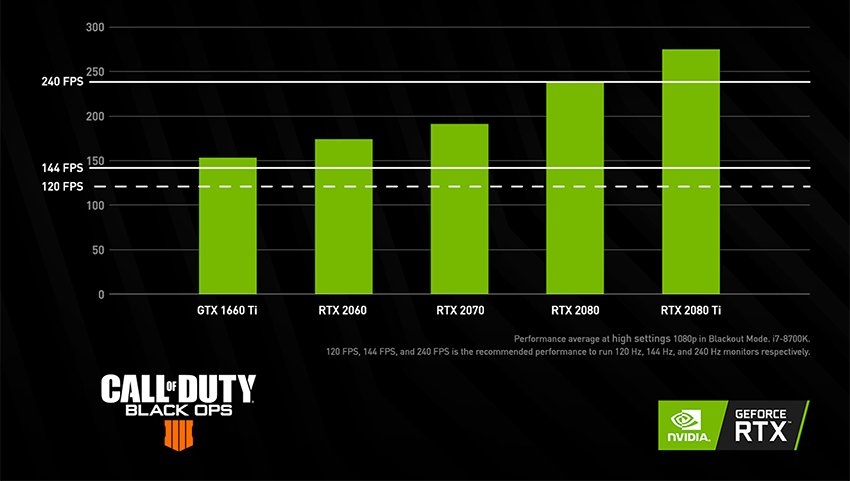Unlock Your Full Potential - How Higher Frame Rates Can Give You An Edge In Battle Royale Games
The Battle Royale genre has taken off over the last couple of years with games like PlayerUnknown’s Battlegrounds, Fortnite, Call of Duty: Black Ops 4 - Blackout and Apex Legends drawing millions of users every day. The premise of these games is fairly simple: you’re dropped into a battlefield, either solo or as part of a squad, with the goal of being the last person or team standing. You’ll need to scour the area for weapons and other survival gear while killing (or avoiding) any opponents that might cross your path. This leads to intense, frantic gameplay where reaction time can be the difference between victory and defeat.
To achieve a ‘victory royale’ you want every bit of help you can get. Getting your favorite weapon, tier 3 armor and an advantageous position are key, but how does hardware factor into your victory or defeat in Battle Royale?
High FPS Leads To Better Results
For many years, esports pros have tuned their hardware for ultra-high frame rates -- 144 or even 240 FPS -- and they pair their hardware with high refresh rate monitors. In fact, ProSettings.net and BattleRoyaleSettings.com report that 99% of Battle Royale Pros (Fortnite, PUBG
In modern games, “Game Engine”, “Direct X Render” and “GPU” all have the same latency. The faster your GPU, the less time these three processes take, and the faster you will see updated images on your monitor to react to. Hence, your GPU is the most important element to lower latency. Below, you can see how the end-to-end latency of a system changes depending on the GPU.
The latency of a system with an NVIDIA RTX graphics card is halved compared to a GeForce GTX 750 Ti, and nearly 6 times less than a system without a GeForce GPU. So one surefire way to lower latency is to get higher frame rates, by upgrading your GPU or other components that may be capping your FPS.
Working with pros through NVIDIA’s research team and Esports Studio, we have seen the benefits of high FPS and refresh rates play out in directed aiming and perception tests. In blind A/B tests, pros in our labs have been able to consistently discern and see benefits from even a handful of milliseconds of reduced latency.
But what does higher frame rates and lower latency mean for your competitiveness in Battle Royale? A few things:
- Higher FPS means that you see the next frame more quickly and can respond to it
- Higher FPS on a high Hz monitor makes the image appear smoother, and moving targets easier to aim at. You are also less likely to see microstutters or “skip pixels” from one frame to the next as you pan your crosshair across the screen
- Higher FPS combined with G-SYNC technologies like Ultra Low Motion Blur (ULMB) makes objects and text sharper and easier to comprehend in fast moving scenes
This is why for Battle Royale games, which rely heavily on reaction times and your ability to spot an enemy quickly, you want to play at 144 FPS or more.








